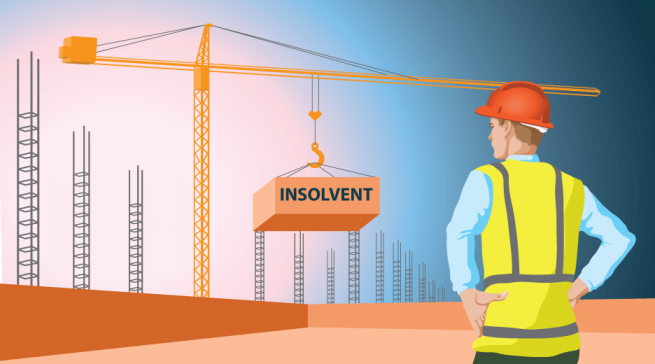
The Complete Guide to Illegal Phoenix Activity
Illegal phoenix activity — the ‘re-birth’ of a business in new corporate feathers to avoid its obligations — has been a major concern of regulators in Australia for the last 25 years. In this ultimate guide we explain everything you ever wanted (and didn’t want) to know about phoenix activity in Australia.










